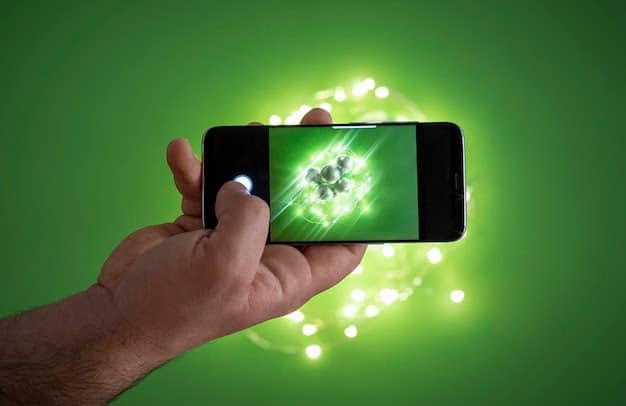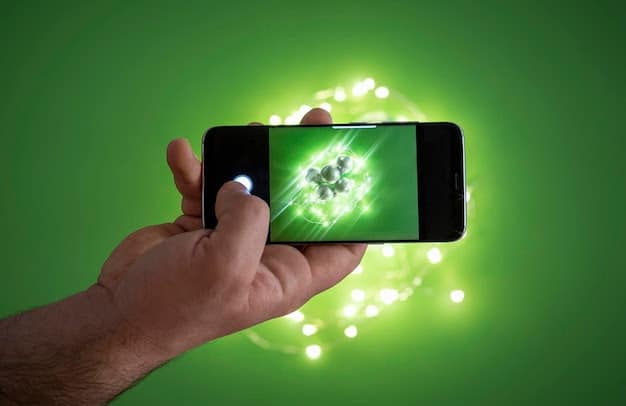
The lifespan of our smartphones is getting shorter and shorter, and we change them, on average, every 2 to 3 years. Even though they often still work. Fashions, obsolescence and lack of maintenance lead us to replace our smartphones too often, and this has consequences for the environment.
Replacing devices too quickly has serious environmental and social consequences. 80% of the environmental impact of smartphones is linked to their manufacture: depletion of resources, damage to biodiversity due to toxic emissions into the environment, greenhouse gas emissions…

By using your smartphone for as long as possible, you avoid the production of new devices, and protect the environment and people!
The environmental footprint of smartphones is mainly due to the extraction of the minerals found in the form of metals in the phones. In particular, mining leads to the destruction of ecosystems: for example, 200 kg of material have to be excavated for just a few grams of ore. And these are not the only impacts. Water, air and soil pollution abound. Metallurgy and electronics also have numerous impacts and consume a lot of energy.
The manufacture of smartphones is also problematic from a social and ethical point of view. Working conditions in this sector are often deplorable and violate fundamental human rights. The extraction of “blood minerals” (tin, tantalum, tungsten and gold) fuels armed conflicts at the expense of local populations.

In China, the mining of neodymium, used in smartphone magnets, generates acidic water discharges and waste laden with radioactivity and heavy metals.
In Chile, Argentina and Bolivia, the massive use of water for the production of lithium (the metal used in smartphone batteries) causes conflicts of use with local populations, to the point of jeopardizing their survival.
According to UNICEF, over 40,000 children work in mines in the south of the Democratic Republic of Congo, many of them in mines producing cobalt and coltan, strategic minerals found in smartphone batteries and capacitors.
Over 70 different materials are needed to make an extra-flat, highly sophisticated phone with an ever-increasing range of functions. These materials are present in small quantities, and their sometimes complex alloying makes many of them difficult to recycle.
Around fifty metals are needed to manufacture a smartphone, twice as many as for an old-generation cell phone. And these metals are becoming increasingly complex to mine around the world.

Solutions
A reconditioned (up to 8 times less impact than new on average) or second-hand phone, a model designed to last (solid, dismountable, upgradeable) with a replaceable battery, full connectivity (audio jack, USB port…) and a universal charger (a European directive from December 2022 will make universal chargers (USB-C) mandatory for all smartphones from December 28, 2024).
It may seem trivial, but good maintenance can prevent up to 40% of breakdowns! Protect your phone with a cover or shell and a protective film for the screen, and let it rest when it starts to overheat.

If your phone is less than 2 years old and breaks down, invoke the legal warranty with your vendor. Otherwise, contact the manufacturer’s after-sales service or an independent repairer. You can also try to repair it yourself using online tutorials (iFixit, SOSav,…) or by taking part in a co-repair workshop such as a Repair Café. Note: 80% of repairs concern broken screens.
Sell it or give it to someone you know, or to a reuse structure. Take it back to the store: distributors are obliged to take back your old phones. The phones collected are then reconditioned or recycled, depending on their condition. Here too, efforts are needed: the rate of collection of smartphones for recycling is currently estimated at just 5%.




